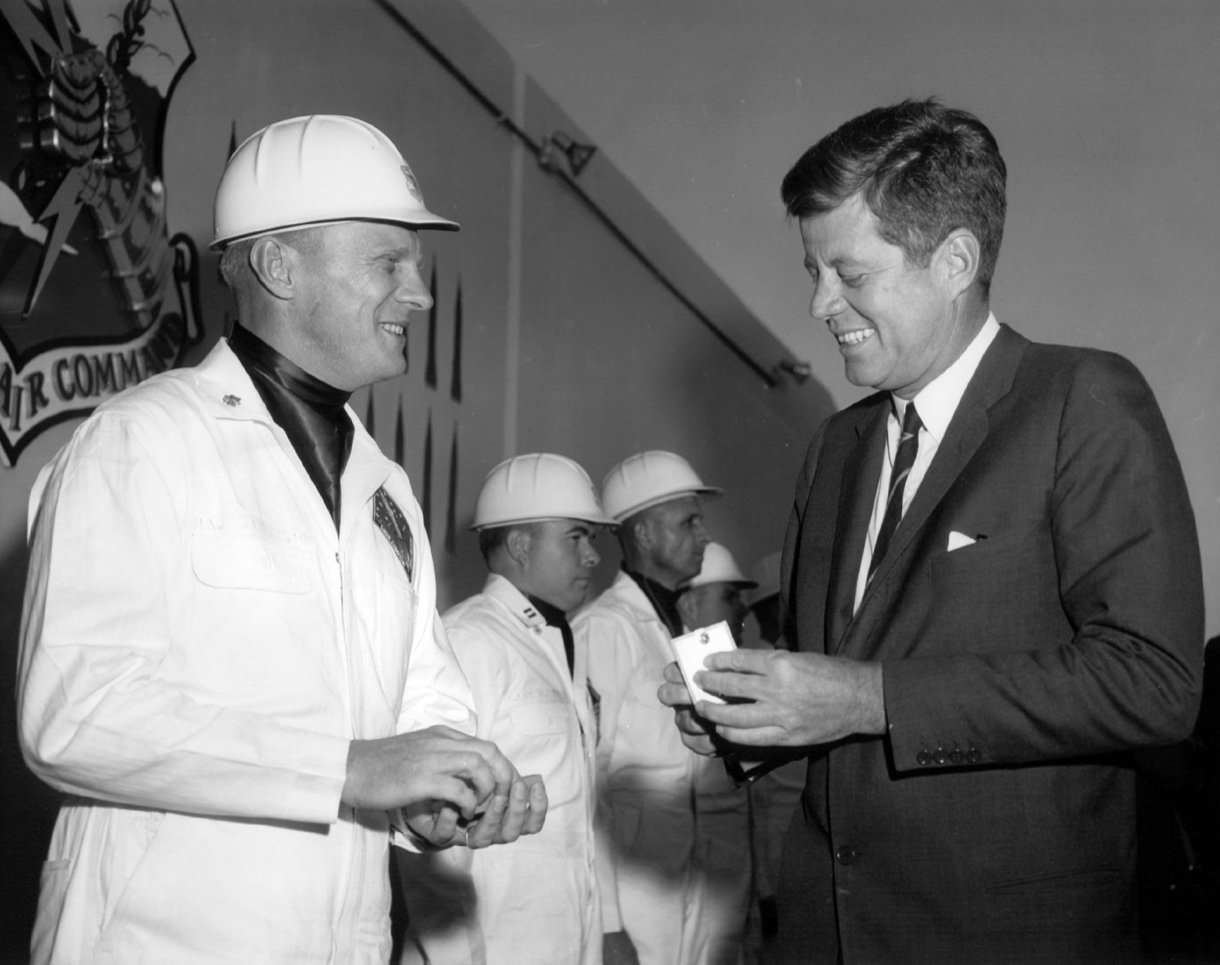
History of Rolling Hills Missile Silo
As the Soviet Union appeared to surpass American nuclear capability in the late 1950s, the U.S. government moved quickly to reassert its nuclear dominance
Source: Landry Brewer, Kansas History: A Journal of the Central Plains 43 (2020)
In the late 1950s, as the Soviet Union appeared to surpass American nuclear capabilities, the U.S. Government scrambled to level the playing field and began building ATLAS nuclear missiles.
With little to no concern for budget, the U.S. quickly constructed twelve intercontinental ballistic missile (ICBM) sites near the Schilling Air Force Base in Kansas. Kansas was the chosen location because it was outside the range of Soviet missiles launched from submarines positioned off either U.S. coast. To accomplish the enormous goal of building multiple ICBM sites around the country, the army created the Corps of Engineers Ballistic Missile Construction Office which mobilized hundreds of workers and spared no expense.
The most sophisticated of these missiles, the ATLAS “F,” measured 82.5” tall and 10 feet wide, weighed 267,136 when fully fueled, reached speeds of 16,000 mph, and traveled 7,000 in just 43 minutes. Each ATLAS warhead was equipped to deliver a 4-megaton yield which translates to a bomb 200 times more powerful than the atomic bombs dropped on Hiroshima and Nagasaki. Of all of the ATLAS missile sites, the “F” series was the most difficult and expensive to build.
The silos that housed the missiles were designed to protect both the missiles and launch crew from an incoming nuclear blast and to allow for a rapid response. In addition to using the strongest possible epoxy concrete, the massive steel rebar “crib” framework attaches to the silo walls with four enormous springs to act as oversized shock absorbers. The amount of concrete used in the Kansas ATLAS “F” silos could construct a highway 20 feet wide, six inches thick, that stretched from St. Louis past Chicago.
The Rolling Hills Missile Silo remained operational until June 1965. Both the United States and the Soviet Union understood that the nuclear capabilities of each country would mean mutually assured destruction should one country attack the other. In a letter to Kennedy, Khrushchev wrote that thermonuclear war was a choice that “Only lunatics or suicides, who themselves want to perish and to destroy the whole world before they die,” would make. As a result, the U.S. decommissioned nine Atlas E’s, twelve Atlas F’s, and eighteen Titan II’s, selling some to private owners and others to school districts and universities.
The Rolling Hills Missile Silo site is one of the very few that remains intact and available for purchase.


